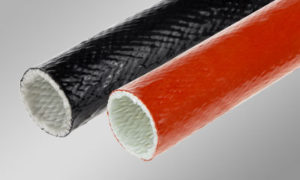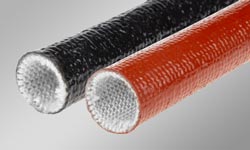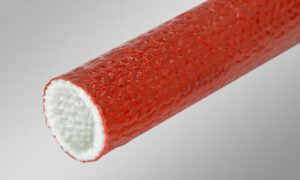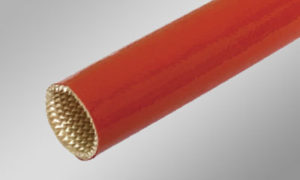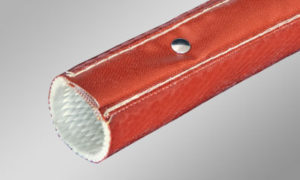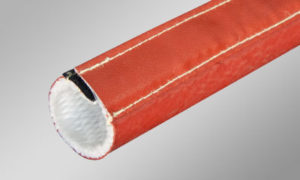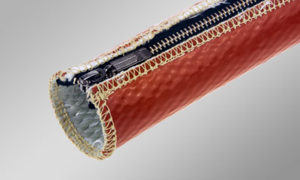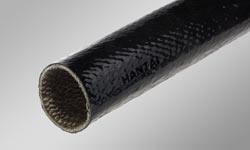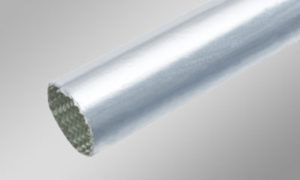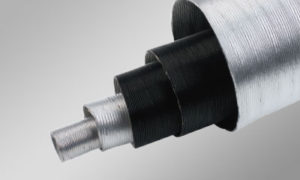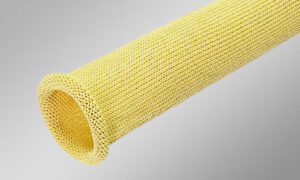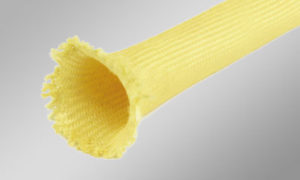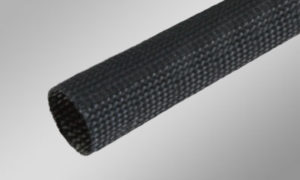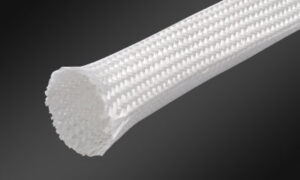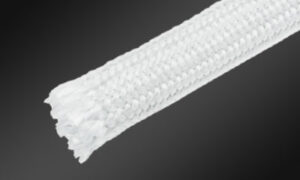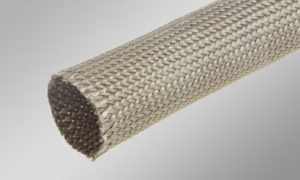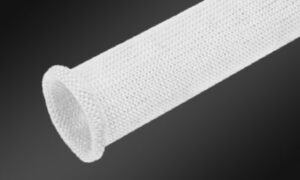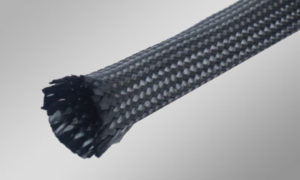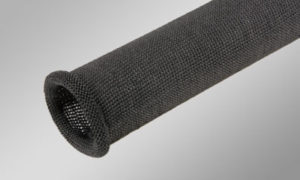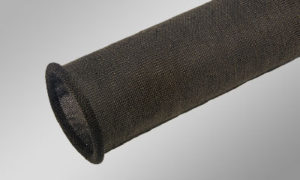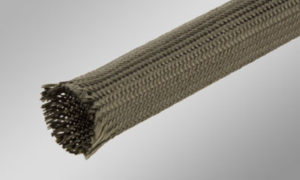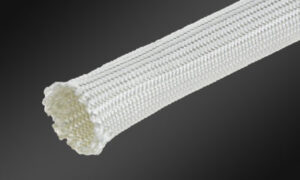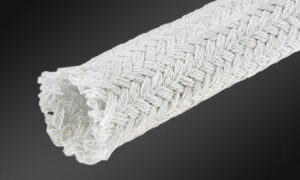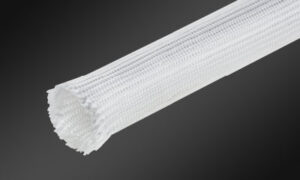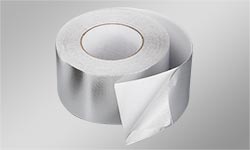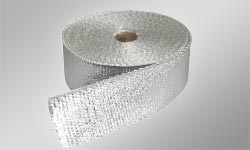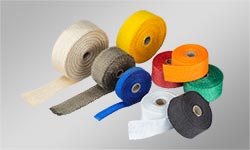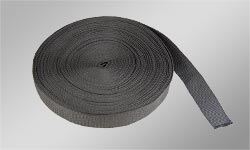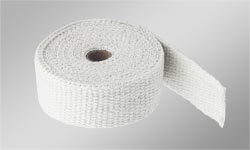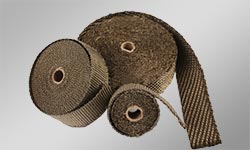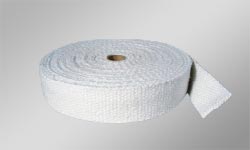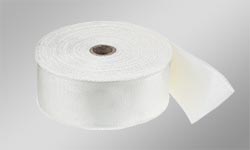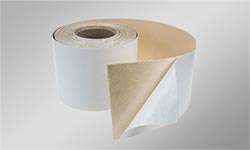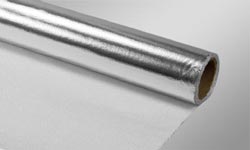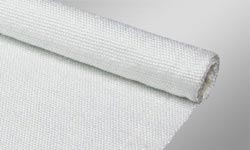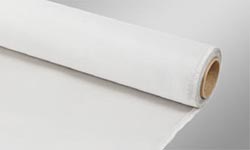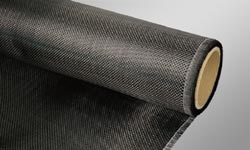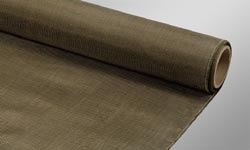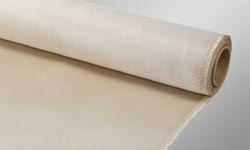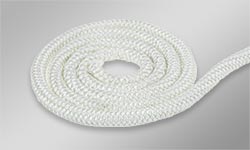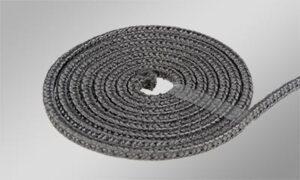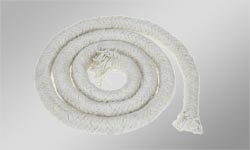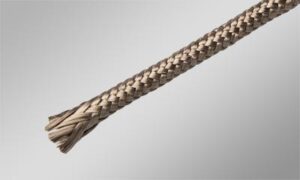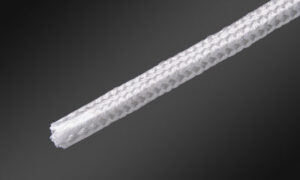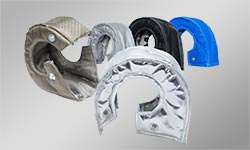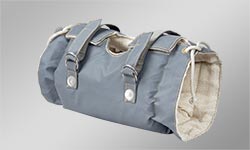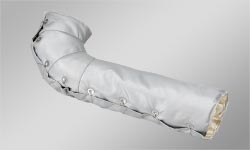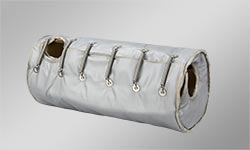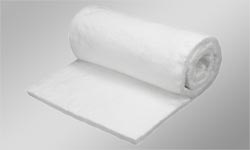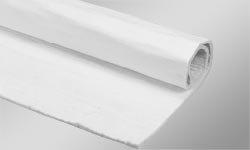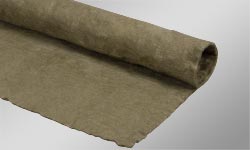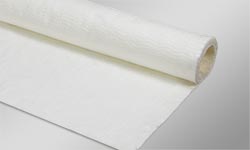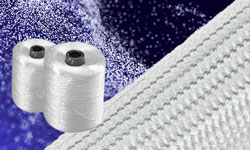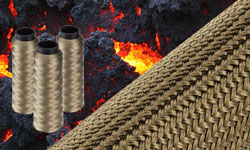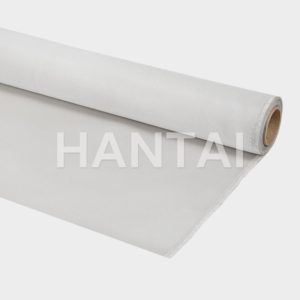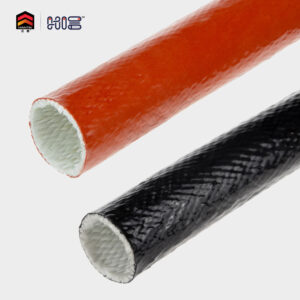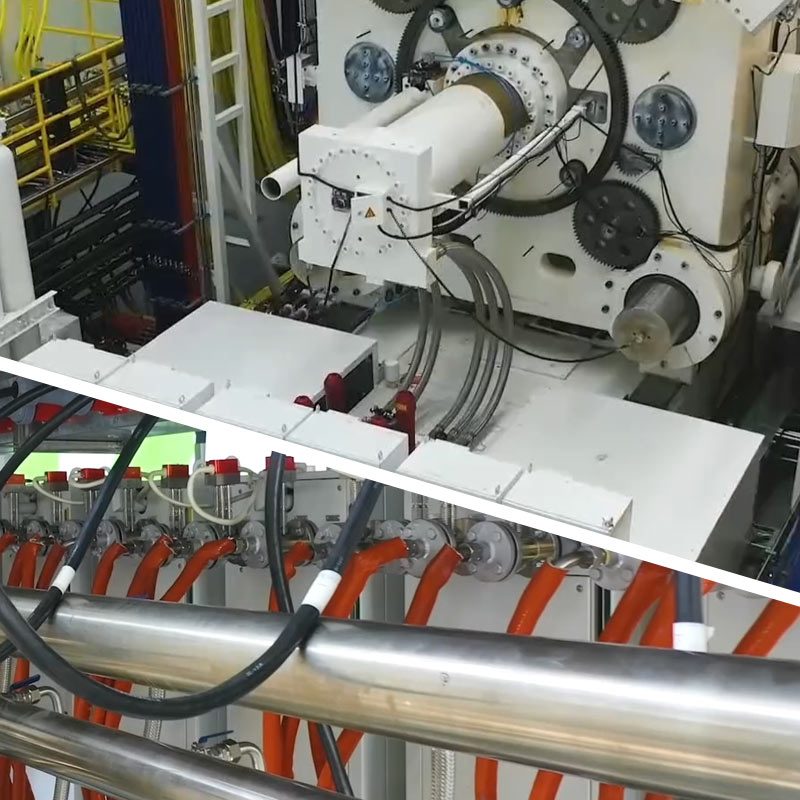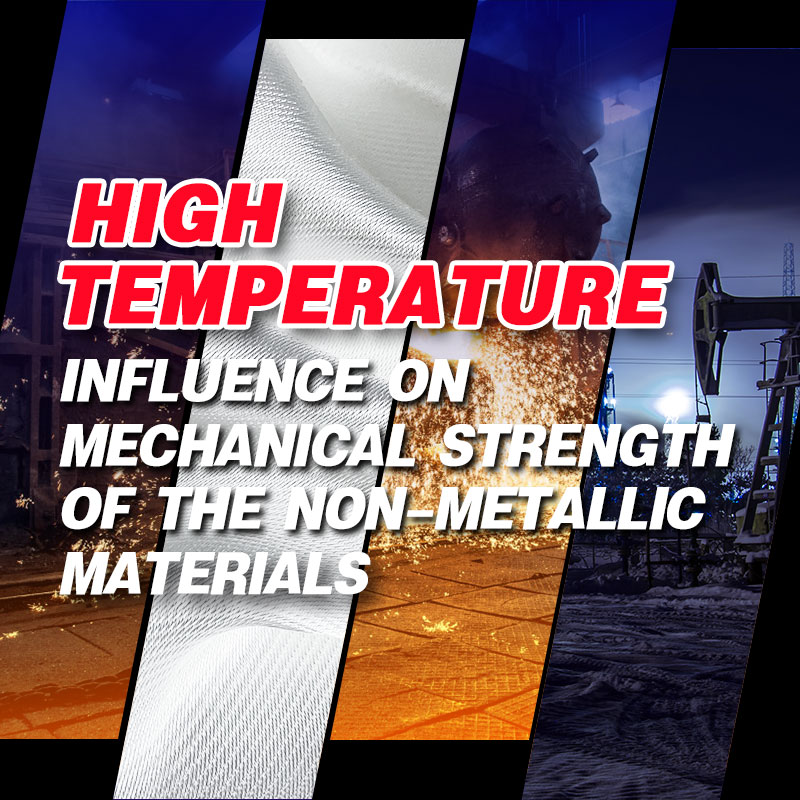Glass Fiber and Composite Materials
As a specialized branch within the industrial textiles field, glass fiber and composite materials have gained prominence due to their exceptional performance and relatively low cost. They have been utilized in various sectors, including new energy, construction, transportation, power engineering, marine engineering, and environmental projects, thereby driving market development. Nowadays, with the advent of the “big data” era, glass fiber and composite materials have gradually expanded into the communications field, becoming a favored choice within the industry. An official from the British telecom giant KC Hull City company stated that the incorporation of glass fiber and composite materials has compensated for 70% of the defects in steel raw materials, while also bringing unprecedented development opportunities to the communications industry. This is poised to spark a “communications revolution” in the era of Big Data.
Hantai New Materials, a supplier of glass fiber products, boasts extensive experience in the field of fire-resistant fiberglass sleeves. Fiberglass sleeves with silicone rubber coating (also known as fire sleeves) are crafted by weaving glass fiber yarns into tubes, which are then subjected to high-temperature treatment and coated with silicone rubber. These fire sleeves exhibit high electrical insulation, heat resistance, corrosion resistance, aging resistance, and exceptional heat dissipation properties. Moreover, due to their superior softness and elasticity, they maintain flexibility even at temperatures as low as -50°C, withstanding twists and turns without compromising their electrical insulation.
Fiber-optic cables made from optical fibers represent the future trend of development. The material used in optical fibers is highly transparent glass fiber. Fiberglass optical fibers utilize the principle of total internal reflection, with the core wrapped in an outer layer whose refractive index is much smaller. Consequently, light entering the core wire is totally reflected along the interface between the core and the outer layer, snaking its way without crossing the interface, provided the outer layer is tightly enclosed within the core. Compared to traditional cables, fiber-optic cables offer outstanding advantages. They can transmit staggering amounts of information through hair-thickness fibers, capable of carrying tens of thousands of telephone channels or 2000 television circuits. Fiber-optic cables use lasers as carriers, ensuring no external electromagnetic interference, high stability, and confidentiality. Furthermore, fiber-optic cables exhibit low loss, enabling continuous

